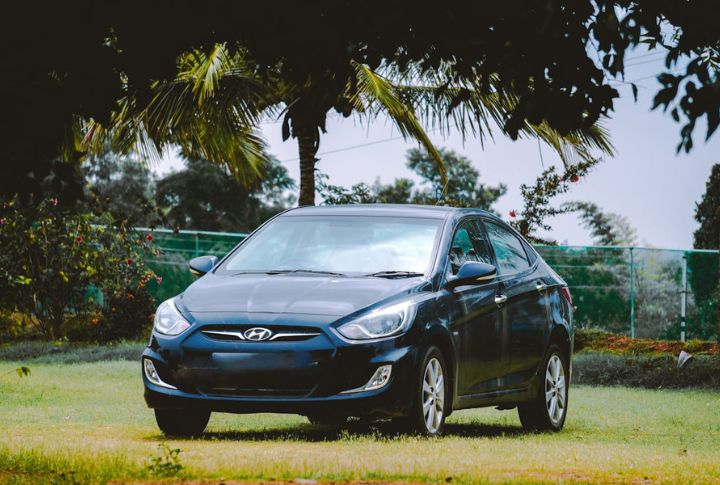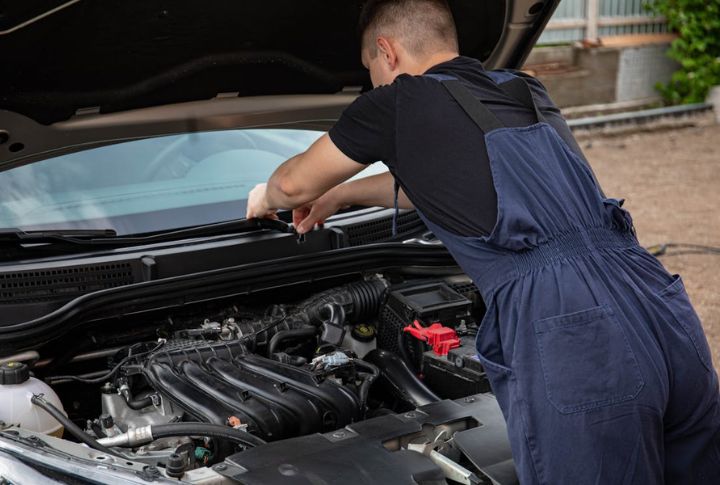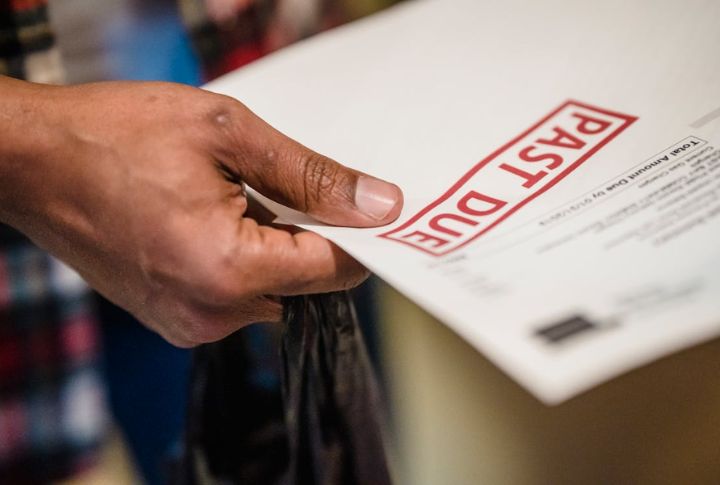
Gap insurance steps in when your car gets written off as a total loss or stolen, and the amount you owe on your loan exceeds its current value. It covers that financial “gap,” so you’re not left paying for a vehicle you no longer have. Sounds useful, right? It is, but there are catches that many drivers never hear about. Here are 10 details.
It’s Optional, Not Legally Required

No law forces drivers to buy gap insurance. However, some lenders make it mandatory under certain lease agreements or high-risk loans. Don’t assume it’s automatically part of your full coverage; it usually isn’t. Also, watch for dealerships that add it without saying you can decline. Always ask if it’s required or optional.
It Only Pays The “Gap” Between Value And Debt

Staying financially protected means knowing where your risk lies. Gap insurance exists for one purpose—to close the gap between value and debt. If the car’s worth more than the loan, it pays nothing. And unless your insurer’s check is short, your loan won’t be wiped clean. Timing the coverage makes all the difference.
Leased Vehicles Often Require It

Many lease agreements automatically include gap insurance, sometimes at no extra cost. Because of that, some drivers carry coverage without realizing it’s already in place. A quick contract review can confirm what’s included. If it’s built into the lease, dropping any separate policy could help avoid paying more than necessary.
You Can Buy It Outside The Dealership

Gap insurance is available from third-party sources such as banks, credit unions, and auto insurers, typically at a lower cost than what dealerships charge. For added flexibility, some lenders also allow you to include gap coverage even after the vehicle has already been financed.
It’s Not Just For Brand-New Vehicles

Gap insurance isn’t just for fresh-off-the-lot rides. If your loan exceeds your car’s value, even on a newer used vehicle, the coverage still matters. Some lenders insist on it for high-mileage cars, and it can save you thousands if the car gets totaled early.
You Can Cancel It Once You Owe Less Than The Car Is Worth

Once the loan balance drops below the car’s market value, gap insurance serves no further purpose. Many providers allow drivers to cancel and offer prorated refunds. Letting coverage linger longer than needed could quietly drain hundreds from your wallet. To avoid that, canceling at the right time simply starts with knowing your loan status.
It Doesn’t Cover Car Repairs Or Maintenance

Financial shortfalls after a total loss are the only thing gap insurance handles. Routine repairs, mechanical issues, or accident-related damage fall outside its scope. That’s where confusion often starts, as many mistake it for breakdown coverage. For that reason, collision and comprehensive insurance are still needed to handle everyday driving risks.
You Don’t Always Have To Pay Monthly

A gap policy can usually be paid once upfront, instead of monthly. That setup can sometimes lower the total cost. Some insurance companies let drivers combine the coverage with regular premiums. In many cases, lenders add it to the loan balance during financing, which makes monthly billing unnecessary.
There’s A Time Limit To Purchase It

Most providers give you 12 to 36 months to add gap coverage, depending on their rules. After that window closes, eligibility drops sharply, and missing it could leave you permanently uncovered. Certain dealers give unclear advice about timing, so knowing the deadline upfront can go a long way in protecting your finances.
It Won’t Pay For Missed Or Deferred Payments

Only the original loan balance qualifies under gap coverage. Extra fees and unpaid interest aren’t included. If payments were ever postponed or skipped, gap insurance won’t cover that unpaid amount, either. To avoid any surprises, check your loan history before assuming the policy will take care of everything.
